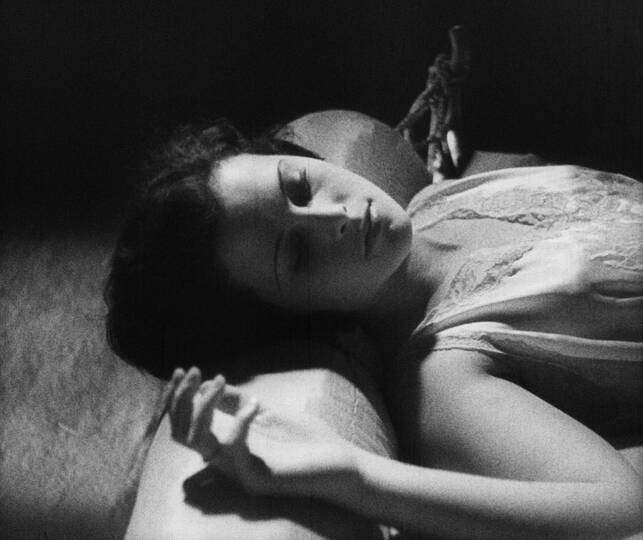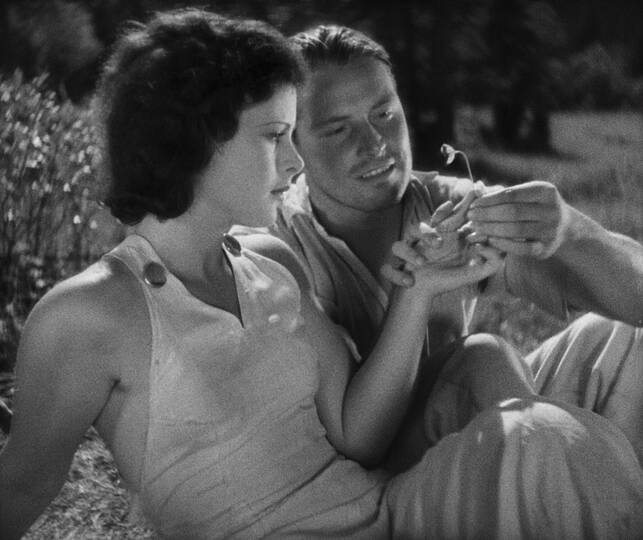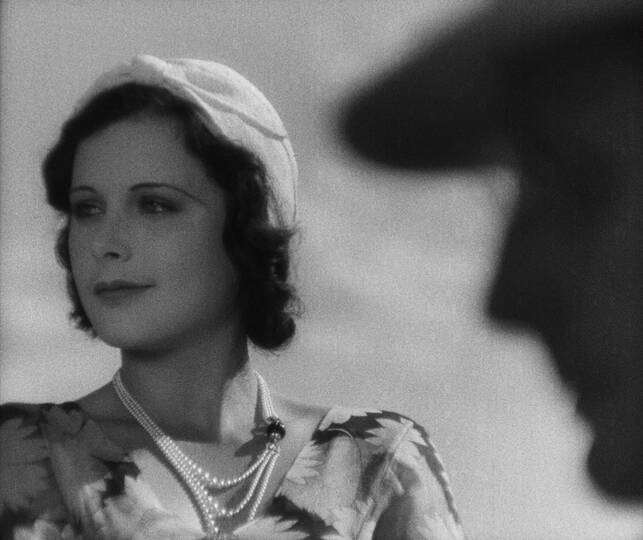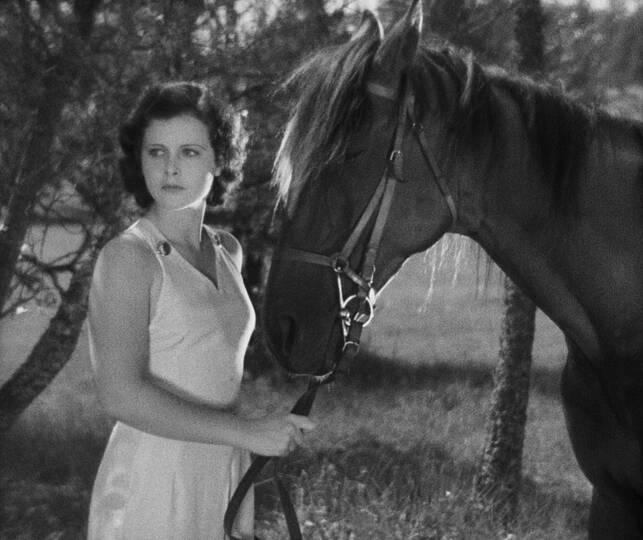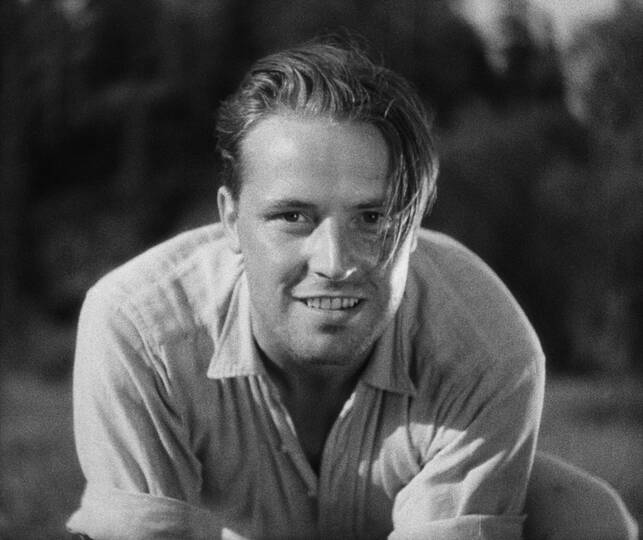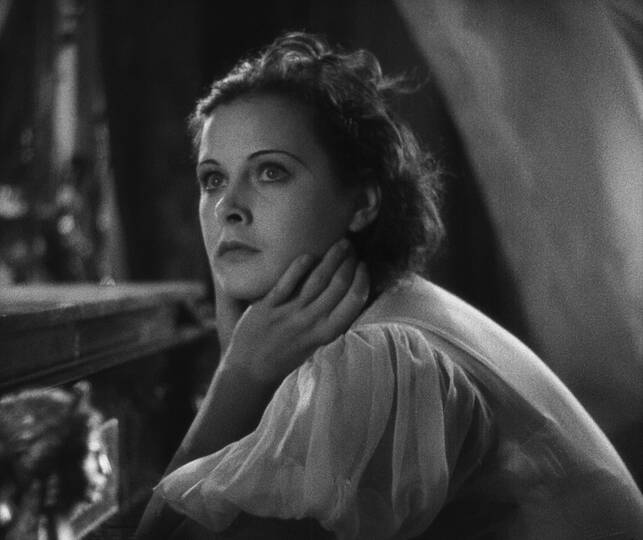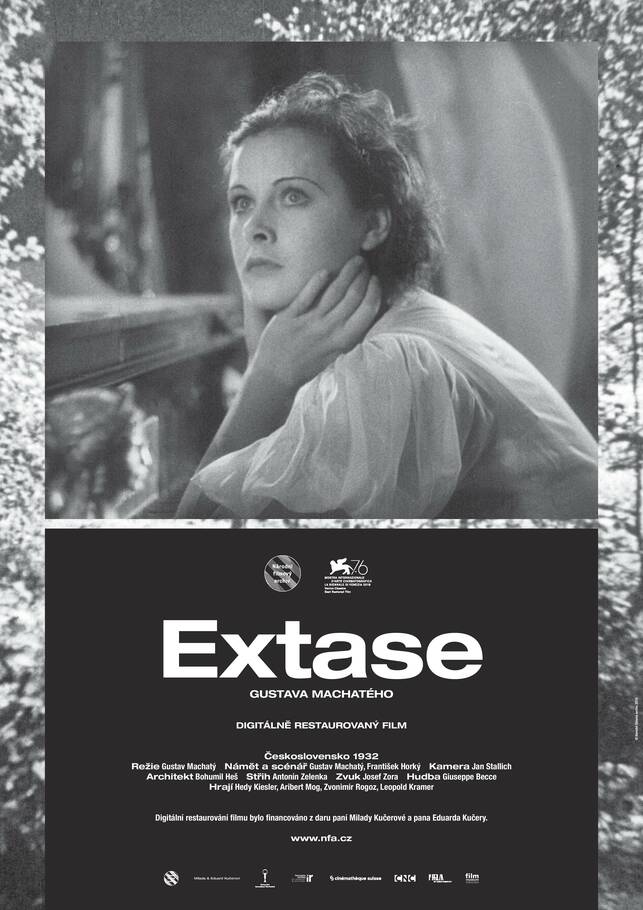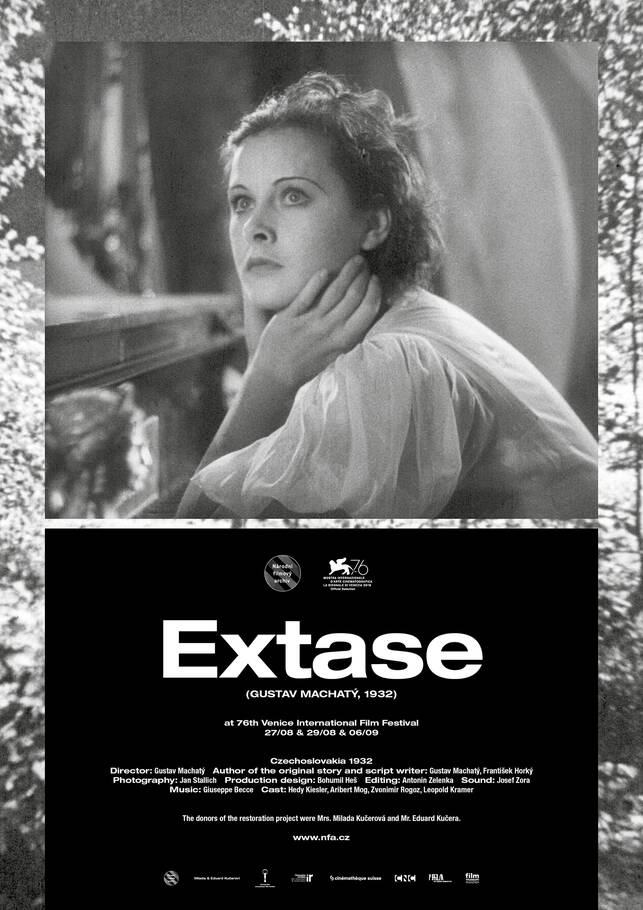Summary
Gustav Machatý is rightly viewed as one of the great figures of Czechoslovak cinema. Extase (Ecstasy, 1932) was the most successful Czechoslovak film of the pre-war era with international audiences. But it also represents a reaction to cold box office returns – for Machatý was unhappy with his previous two talkies, and so for this effort he reduced dialogue in favour of music. The 31 year-old director thus hoped that this drama, relaying the story of a love triangle, would be understandable to audiences across the globe. However, Machatý ultimately had to produce not just a Czech and German version of the film, but also a French-language one – each with slightly different elements. Artistically, this complex film can be said to be in the spirit of the German concept of “Gesamtkunstwerk” – meaning “total artwork”. Furthermore, Extase gained a scandalous reputation for its provocative and explicit eroticism (19 year-old Hedy Kiesler [later known as Hedy Lamarr] appears naked on screen). But such controversies failed to take away from the fact that this story of a young woman, who is escaping from an unhappy marriage into the arms of an attractive engineer, is ultimately a tale filled with conventional morality.
Read more


